Contact Information:
Wesley Legant
4047 Genetic Medicine
UNC-CH School of Medicine
Chapel Hill, NC 27599-7365
(919) 966-4816
- Biomedical Imaging
- Biomedical Microdevices
- 2012 Ph.D. Bioengineering, University of Pennsylvania
- 2005 B.S. Biomedical Engineering, Washington University in St. Louis
Bio
“Our efforts are interdisciplinary and highly collaborative. We work closely with cell and developmental biologists, physicists, mathematicians and software developers at both UNC and outside institutes.”
Life is animate and three-dimensional. Our lab develops tools to better understand living specimens at single molecule, cellular and tissue level length scales. Our efforts comprise three synergistic research areas: 1) development and application of novel fluorescent imaging modalities, 2) investigation of how mechanical forces drive cell migration through complex three-dimensional environments, and 3) generation of microfabricated platforms to precisely control the cellular microenvironment. Super Resolution and Light Sheet Microscopy: Fluorescence microscopy and fluorescent proteins have revolutionized the study of cell and developmental biology; however, conventional microscopes are too slow, too phototoxic, or lack the spatial resolution to capture many complex cellular processes. We are developing novel light sheet fluorescence microscopes for rapid three-dimensional imaging with minimal phototoxicity. Current work incorporates three focus areas – applying adaptive optics to see clearly deep into living organisms, super-resolution single molecule and structured illumination microscopy to enhance spatial resolution, and novel computational algorithms to pull insight from vast quantities of dynamic three-dimensional data. These advances will improve current observations of living systems and enable fundamentally new investigations in cell biology. Cell Migration and Mechanobiology: Cell migration is critical both in development and in physiological and disease settings such as wound healing and cancer metastasis. Importantly, the movement of cells through three-dimensional space is driven by physical forces exerted by cells on the surrounding matrix. We have developed quantitative tools to precisely map the location of these forces with subcellular precision. We are applying these methods to build biophysical models of how cancer cells migrate away from the primary tumor and invade the surrounding tissue. This work may provide novel insight into the physical mechanisms of tumor metastasis and suggest new strategies to treat cancer. Microfabricated Cell Culture Platforms: Physical forces generated by cells not only propel the cell during migration but also feedback through mechanically sensitive proteins to modulate biochemical signaling pathways. This feedback is especially important during the development of musculoskeletal tissues, is often altered during disease, and may be a key component for the maturation of tissue-engineered replacements. However, precisely measuring how physical forces are propagated through a complex three-dimensional tissue and sensed by the constituent cells is challenging. Using photolithography techniques, we have developed a high-throughput microfabricated array of musculoskeletal tissue constructs. We are using this technique to investigate the interplay between three-dimensional tissue and extracellular matrix geometry, mechanical stress and cell phenotype in model musculoskeletal tissues. If you have an interest in a graduate student or post-doctoral position, please contact me via email.
Research Interests
Super Resolution and Light Sheet Microscopy
Cell Migration and Mechanobiology
Microfabricated Cell Culture Platforms
Awards
2019 Packard Fellow
2019 NIH Director’s New Innovator Award
2019 Beckman Young Investigator
2019 Searle Scholar



